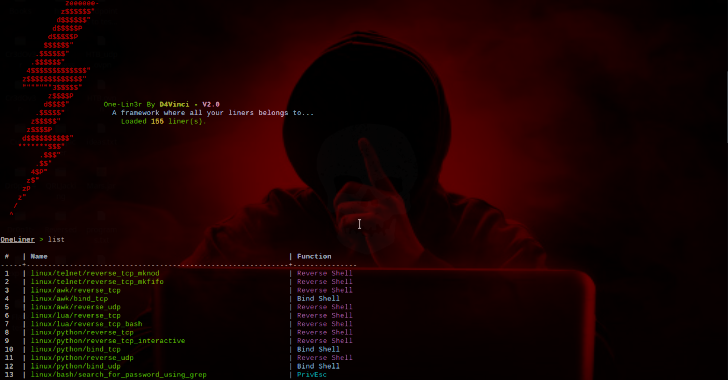
- HOW TO USE TELNET ON KALI LINUX HOW TO
- HOW TO USE TELNET ON KALI LINUX UPDATE
- HOW TO USE TELNET ON KALI LINUX VERIFICATION
- HOW TO USE TELNET ON KALI LINUX PASSWORD
The telnet command can be installed by using the apt or dnf package managers for the related Linux distributions. Even it is not secure by default some steps can be taken in order to make it secure like using SSL/TLS tunnels.
HOW TO USE TELNET ON KALI LINUX VERIFICATION
Also, telnet does not provide remote service verification like SSH. The telnet connection is a clear text connection where the telnet traffic is not encrypted and can be easily sniffed. Warning Telnet Is Not Secureīefore starting the tutorial we want to explain that the telnet protocol is not secure by default.
HOW TO USE TELNET ON KALI LINUX HOW TO
In this tutorial we examine how to install telnet client, telnet server, how to connect telnet and use it. Event the telnet is created by Microsoft it is popularly used Linux and network systems. Similar to SSH, telnet can be used to manage remote systems.

With Telnet, you can make remote connections to other client computers with the same approach as SSH and additionally test any vulnerabilities on your system by troubleshooting if a suspicious port is listening/open or unintentionally closed.Telnet is a network protocol and tool used to connect remote systems via a command-line interface. You can also test your mail server through the SMTP port 25: $ telnet 192.168.207.130 25 If the port is blocked, then expect the following outcome: Telnet Unable to Connect to Remote Host If the port is open, you will see an output like the following: Check Linux Port Using Telnet This feature is useful in figuring out any vulnerabilities present on your system.įor instance, we can check if the above discussed remote system has port 80 open by executing the following command: $ telnet 192.168.207.130 80

Testing Open Ports on Linux via TelnetĪnother interesting feature Telnet offers its users is its ability to detect an open or closed port on a targeted remote system via its IP address.
HOW TO USE TELNET ON KALI LINUX UPDATE
sudo apt update sudo apt install telnet Command usage examples for telnet You can specify a target device via hostname, domain name, or IP address. Open a terminal and execute the following commands to install it. Once granted access, the interface should change to something like the following: Telnet Remote Linux Loginįrom here, we can perform normal OS operations if needed. telnet command on Kali Linux Install telnet on Kali telnet is easily installed from the system’s apt package manger.
HOW TO USE TELNET ON KALI LINUX PASSWORD
$ telnet 192.168.207.130Īn acceptable user login input will be followed by a password request which when we key in should give us managerial access to the remote Linux system. We can now attempt to make a Telnet connection to a targeted/remote Linux machine. $ sudo firewall-cmd -permanent -zone=public -add-port=23/tcp If you are using or have a firewall enabled on your remote/targeted Linux machine, you will need to allow traffic through port 23 since Telnet uses it for its network communication. The above IP address belongs to the targeted machine. The implementation of the above syntax rule will look like the following: $ telnet 192.168.207.130 On the Telnet-powered server machine, we will adhere to the following syntax rule: $ telnet $ sudo apt install telnetd -yĪlso, check on the status of Telnet to make sure it is running on the remote machine too. $ ifconfigĪlso, the targeted remote Linux machine should have Telnet installed on it as per the suggested installation commands discussed above.

To perform an unencrypted connection to remote host systems via Telnet, we first need to identify the IP address of the machine we are targeting. $ sudo systemctl status inetdĬheck Telnet in Linux Testing Remote Linux Connections via Telnet $ sudo zypper install telnetd Ĭheck on its status to make sure it is up and running.

$ sudo emerge -a net-misc/netkit-telnetd Since Telnet is unencrypted, its recommended usage is for testing purposes only and in user-defined networks. This article will walk us through the installation and usage of this ancient server administration protocol. It is worth noting that Telnet utilizes port 23 for its remote TCP connections. With Telnet, you not only get to establish successful remote connections but also troubleshoot and test the system services that define the remote computing environment.įor instance, we could check if a particular port is active/open/listening on the targeted remote system. Telnet achieves the same functionality through TCP/IP protocol. Remote access to other operating system environments on an active network is not just a thing of the SSH ( Secure Shell) protocol.


 0 kommentar(er)
0 kommentar(er)
